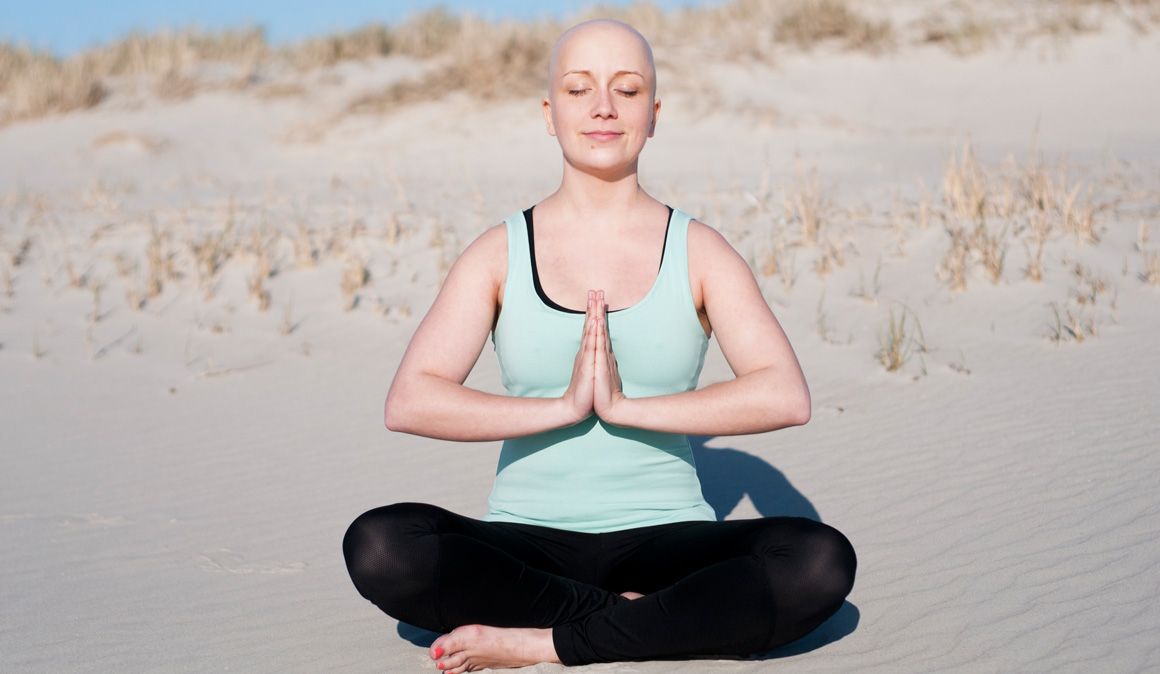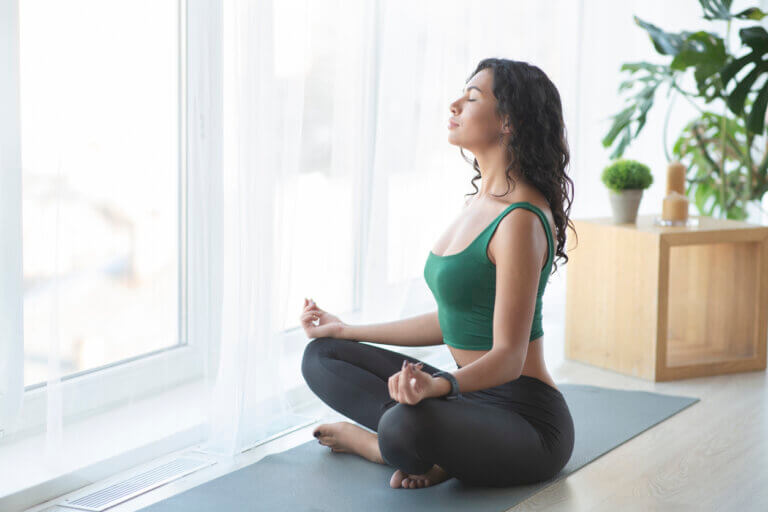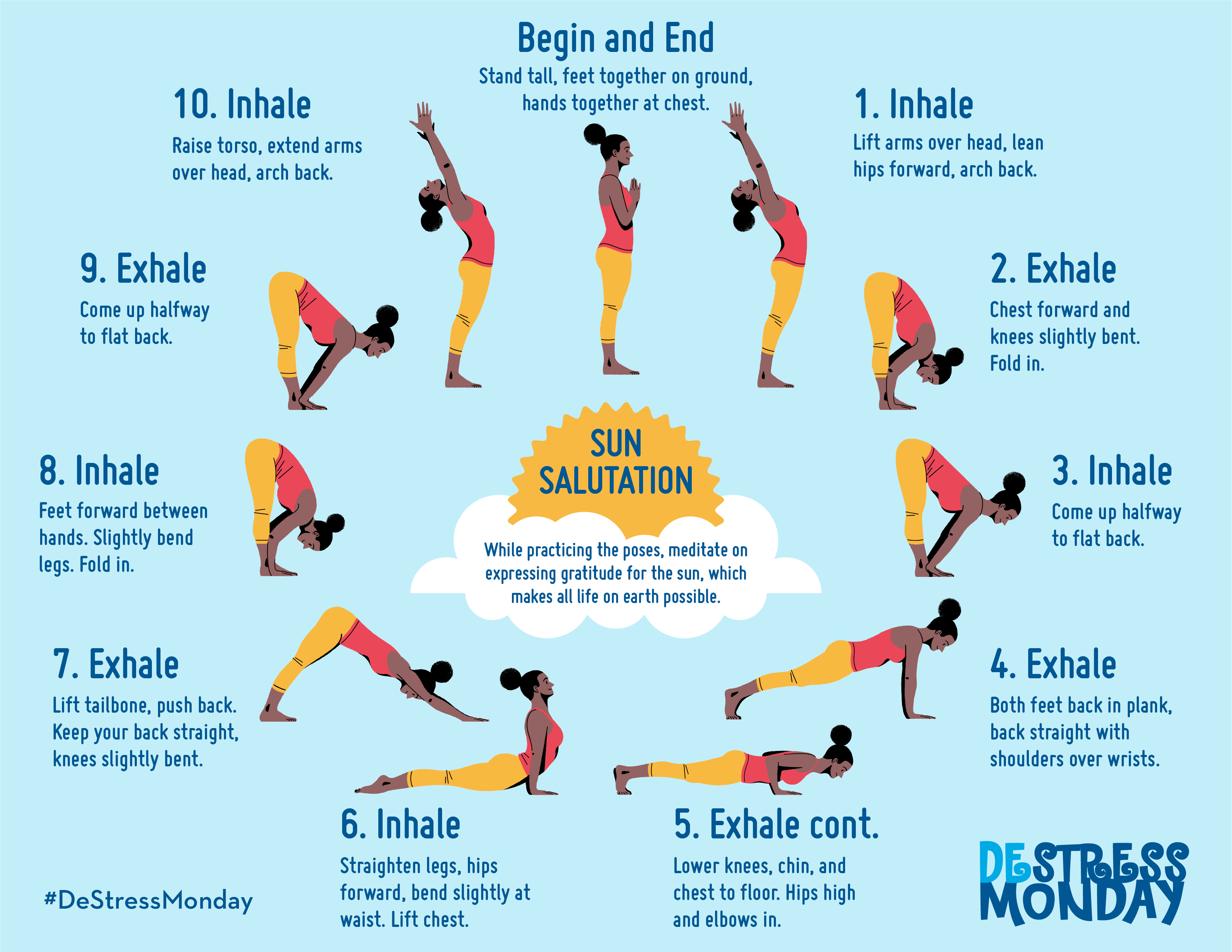Fragment of an interview with José Antonio Cao, certified Yoga teacher - Iyengar Method.
Jordys González (JG) - You told me that yoga is easy to practice. If I dedicated 30 minutes a day, I don't know if it's a lot or a little time, but 30 minutes in a disciplined way, it would be good to practice yoga before going out to the outside world or when I return, to relax from day to day.
- I know it depends on many factors, but what do you think is the ideal time to practice yoga?
José Antonio Cao - Look, better than not practicing is practicing, so there are people who have schedules that make it impossible for them to have a certain time of day, but if they could have hours to choose from, if they can't choose, the one they can… practice it.
If they could choose, I would advise them to choose the one in which they have more peace of mind in practice. If you get up in the morning and it turns out that by getting up 20 minutes earlier you are going to make sure that no one is awake at home, this is going to be the best.
JG - Fantastic, before going out and facing everything, right?
José Antonio Cao - Of course, because when you wake up, during sleep, the brain takes care of removing that outer layer of thoughts that make the mind so restless that a minimum degree of concentration is very difficult.
When you wake up you are mentally fresher, although physically you are more contracted and more closed, internally you will better receive the benefit of the practice.
But if you can't, because work is very early and you can't get up earlier. When you get home, take at least five minutes, so that what was done during sleep we can do it... even if it's a little bit.
That is to say….I already left work and arrived at my house.
JG- Disconnect….
José Antonio Cao - Yes, because in yoga first you have to say "now we start with yoga", now, this little bit is only yours. It is the moment between what I practice, and me…., just for me. It is what many do in the bathtub, it is what many do when they sit down to read their favorite magazine.
Yoga has to be that, it has to be a continuous discovery, it is… what is going to happen in the next chapter of my practice?
JG - Not an obligation, but learning to enjoy that moment, that is my moment, a moment of power.
José Antonio Cao – That… has to be an enjoyment, it cannot be torture, it cannot be another discipline………. Because of disciplines and pressures we are already full!
JG - I know that discipline is important, but just hearing the word "Discipline" is as if we were saying "I have to", and in yoga it is not "I have to", it is rather... "I want to do it" right? ?
José Antonio Cao – Exactly, rather “I'm going to do yoga”, like someone who says “I'm going to do a sudoku”, “I'm going to sit down at...”
Yes... because it is a liberation, at that moment the mind says "ah... that's good", I'm not thinking about work, I'm not thinking about family duties, I'm not thinking about anything, I'm thinking about myself, about my practice and what I'm getting out of that, and when you're done practicing, the state you end up in is always so much better than the state you started in…always.
So, even if it costs that little bit of time, it is important to dedicate it to your practice, you think "those 15 minutes are hard for me to get out of," but in reality when you finish you say "it's good that I got them out" and "I won't forget how I feel after I finish to practice".
JG - I also think that there is always, always, a benefit that is to say "I did it", "perfect"
Jose Antonio Cao – Exactly.
JG – That is to say “today I did something else for myself, today I added something to myself”, better than the fact of saying: “well, it doesn't matter tomorrow I'll do it”, and tomorrow comes, you wake up and say “ah… not yesterday I did it". It's a bit of philosophy, shall we stay with that?
José Antonio Cao – We are left with that.
JG – Well…I sincerely invite you to enjoy this course…it's fantastic…also, by modules, well structured.
I invite you to do something…either if something hurts or you have a specific physical problem, I recommend that you listen to José Antonio's advice. And if you want to deepen or take up yoga perhaps as a lifestyle and do it in an easy and fluid way, I think this course will be a good start.







